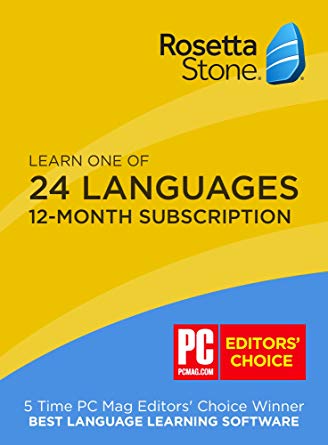
Rosetta stone Examples noun
- a stone slab, found in 1799 near Rosetta, bearing parallel inscriptions in Greek, Egyptian hieroglyphic, and demotic characters, making possible the decipherment of ancient Egyptian hieroglyphics.
- a clue, breakthrough, or discovery that provides crucial knowledge for the solving of a puzzle or problem.
Examples from the Web for rosetta stone Historical Examples of rosetta stone
If the Rosetta-stone idea had been introduced it would have defeated them, but entrails had no embarrassments for them.
What Is Man? And Other Stories
Mark Twain (Samuel Clemens)
This strong similitude,—as a Rosetta-stone,—led us to the first translation of the Architectural wonders.
The History of Ancient America, Anterior to the Time of Columbus
George Jones
British Dictionary definitions for rosetta stone Rosetta stone noun
- a basalt slab discovered in 1799 at Rosetta, dating to the reign of Ptolemy V (196 bc) and carved with parallel inscriptions in Egyptian hieroglyphics, demotic characters, and Greek, which provided the key to the decipherment of ancient Egyptian texts
Word Origin and History for rosetta stone Rosetta Stone n.
discovered 1798 at Rosetta, Egypt; now in British Museum. Dating to 2c. B.C.E., its trilingual inscription helped Jean-François Champollion decipher Egyptian demotic and hieroglyphics in 1822, which opened the way to study of all early Egyptian records. Hence, figurative use of the term to mean “something which provides the key to previously unattainable understanding” (1902). The place name is the European form of Rashid, a name given because it was founded c.800 C.E. by Caliph Harun ar-Rashid.
rosetta stone in Culture Rosetta stone
A stone discovered in Egypt (see also Egypt) in the late eighteenth century, inscribed with ancient Egyptian hieroglyphics and a translation of them in Greek. The stone proved to be the key to understanding Egyptian writing.
Note A “Rosetta stone” is the key to understanding a complex problem.
 Liberal Dictionary English Dictionary
Liberal Dictionary English Dictionary